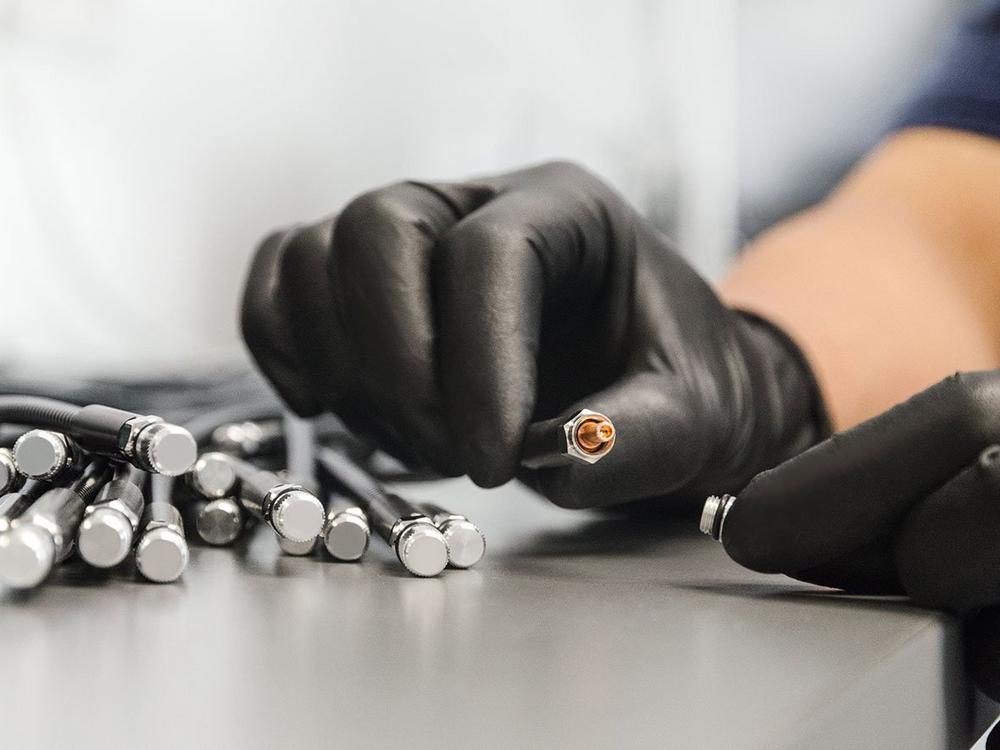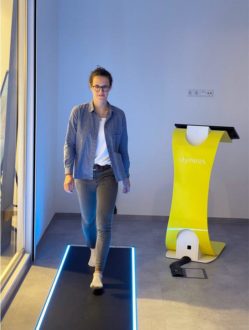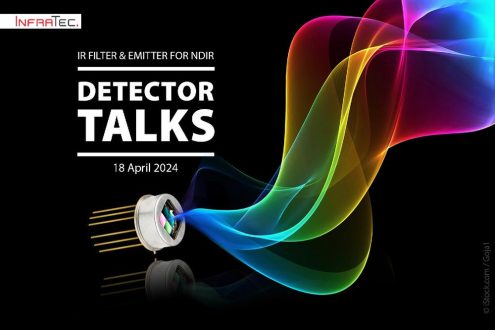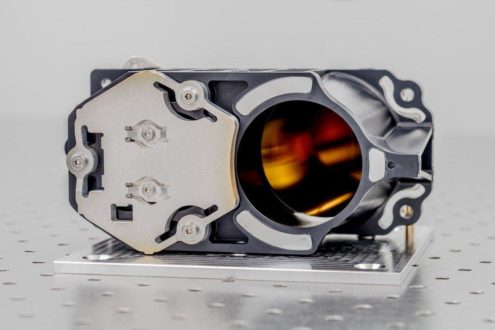
Fiber Assemblies for High-Power Lasers
One of the main problems in transmitting high laser power are so-called cladding modes. Adhesives in the connector system especially can lead to overheating. In a worst-case scenario, the fiber can be destroyed as a result. Cladding modes occur when light enters the cladding surrounding the fiber core during coupling of the laser beam. From there, it is no longer dissipated at the end of transmission but rather released as damaging heat.
This scenario can be prevented by two measures in particular: First, it is important that the light is precisely coupled into the fiber core and does not enter the cladding in the first place. For this, the fiber must be placed exactly in the center of the connector. Upon request, LASER COMPONENTS guarantees centricities with a maximum deviation of 5 µm, which is significantly below the industry standard of 10-20 µm.
If cladding modes still occur, they can be removed using so-called mode strippers such as LASER COMPONENTS’ ModeStrip assembly. With this solution, which was developed in house, the fiber is processed in such a way that the cladding modes escape from the cladding shortly after being coupled and are diverted into a heat sink that is attached to the connector. This prevents them from causing damage during decoupling.
“Precision and innovation are crucial for us,” explains Dr. Stefan Hanf, fiber optics production manager at LASER COMPONENTS. “In order to maintain our high-quality standards in an increasingly demanding market, we invest in high-quality measurement technology. We also work out the right solution for tricky customer requests in close cooperation with our R&D department.”
Laser Components Germany GmbH
Werner-von-Siemens-Str. 15
82140 Olching
Telefon: +49 (8142) 2864-0
Telefax: +49 (8142) 2864-11
http://www.lasercomponents.com/de/
Bereichsleiterin Marketing & PR
Telefon: +49 (8142) 2864-85
Fax: +49 (8142) 2864-11
E-Mail: presse@lasercomponents.com
![]()




